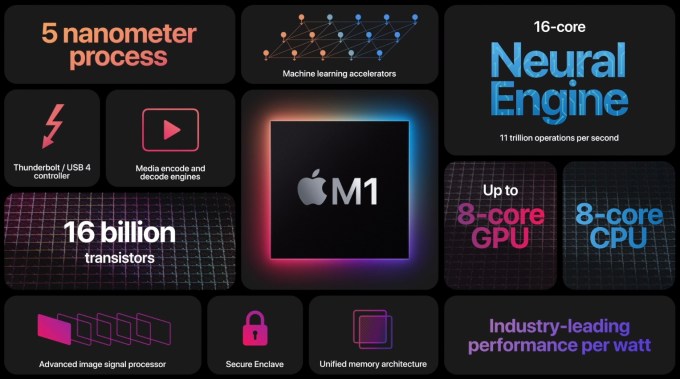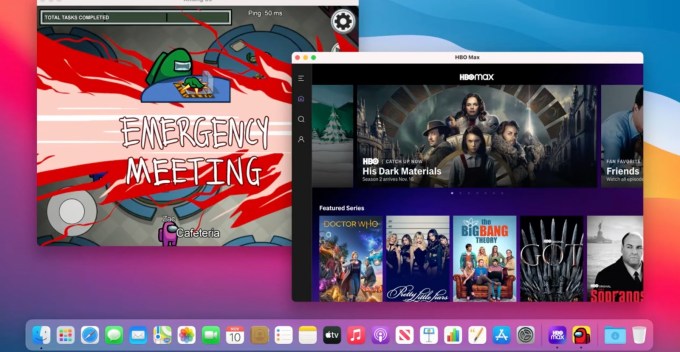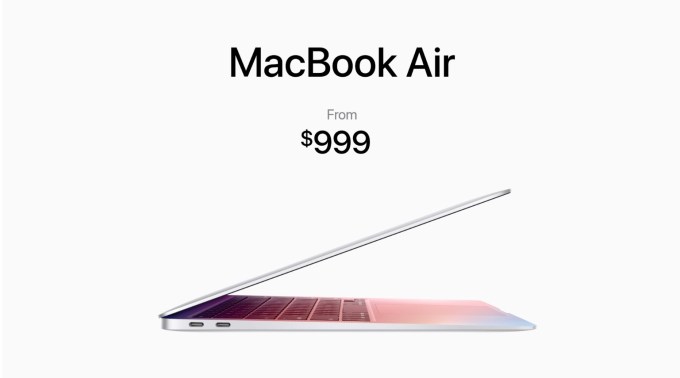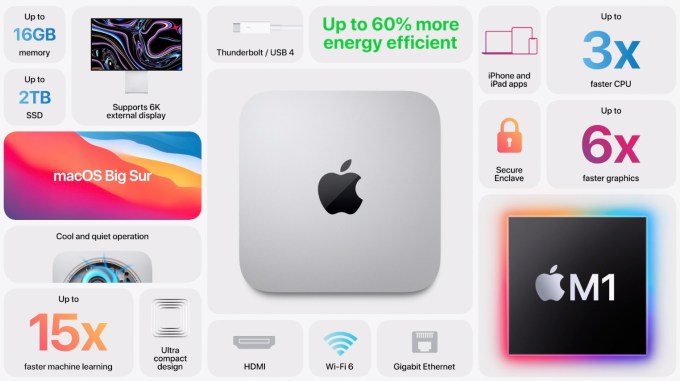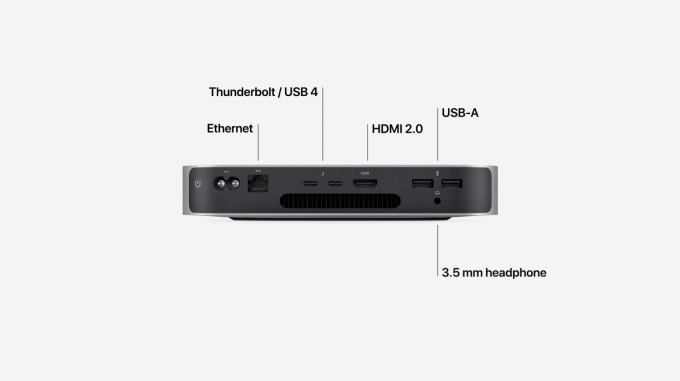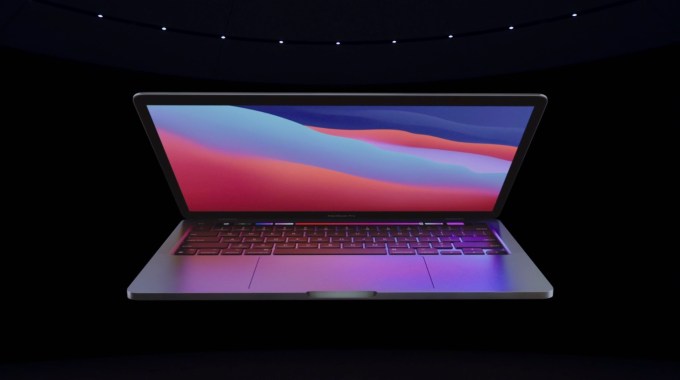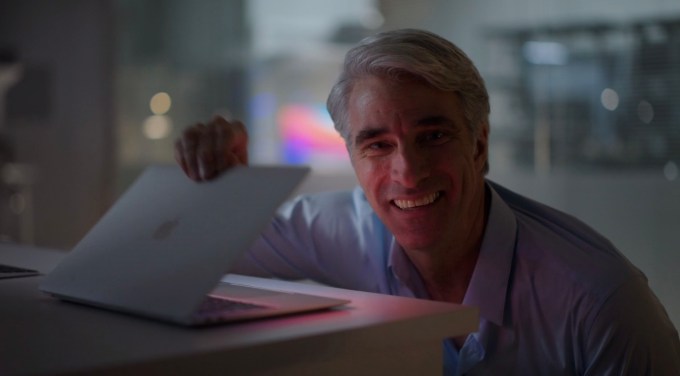When IBM announced it was spinning out its infrastructure services business last month, it was surely a sign that the company was going all in on hybrid cloud. Today in an interview with Jon Fortt at the CNBC Evolve summit, IBM CEO Arvind Krishna made it clear that his whole focus is going to be on transforming his organization into a hybrid cloud management vendor moving forward.
That means that instead of trying to primarily sell its own infrastructure or software services — although it will continue to do that — it will concentrate on leveraging Red Hat, the company it bought for $34 billion in 2018, to help customers manage their hybrid environments regardless of location. That could be on prem or it could be with any of the public cloud providers or anything in between.
Krishna sees this acquisition as a key part of the transition strategy to capture what he estimates is a trillion dollar opportunity in the hybrid cloud management market, and he believes his company is well positioned to grab a piece of that. “The Red Hat acquisition gave us the technology base on which to build a hybrid cloud technology platform based on open source, and based on giving choice to our clients as they embark on this journey. With the success of that acquisition now giving us the fuel, we can then take the next step, and the larger step, of taking the managed infrastructure services out. So the rest of the company can be absolutely focused on hybrid cloud and artificial intelligence,” Krishna told CNBC.
While he recognizes that Microsoft and Amazon are powerful players in the public cloud, he doesn’t see them as competitors, so much as partners in this new approach. In fact, mixing in a broad variety of third party partners is a big part of this.
“I look at both Microsoft and Amazon as likely partners in this journey, not as being the one and two [in market share]. In the hybrid world the question is where does the client want to decide where the workload runs? They could run it on Amazon. They can run on Microsoft. They can run it on IBM or they can run it on premises,” he said.
He believes that Red Hat can be the glue to hold this environment together and let customers have a single way of managing this complexity. The key question for IBM is whether customers see IBM and by extension Red Hat, as the key vendor for this role.
He recognizes that this isn’t just about adding and subtracting technology pieces. When it comes to transforming the way you do business in this way, it requires a massive cultural shift, one we saw Satya Nadella pull off when he took over as CEO at Microsoft in 2014. Much like Nadella, Krishna was promoted from within. He understands how things operate and that he needs to change the way things have traditionally been done at Big Blue if he’s going to succeed.
“I’ve talked a lot internally about a growth mindset, and about being much more entrepreneurial. And we can be entrepreneurs, even within large companies. But it comes from having extreme focus. So when we provide the focus of being focused on hybrid cloud and artificial intelligence, which I believe are the two fundamental forces, then you say how do you unlock everybody being able to go after that,” he said.
That’s going to be the big key for him moving forward as transforming a company the size of IBM is going to be a tremendous challenge for him as a leader. As Fortt pointed out, IBM salespeople are used to focusing on IBM products. This approach means they have to look at the market much more broadly, and that requires a new mindset. It will be up to Krishna to lead the way and make sure that his employees are on the same page about this. The success of this approach depends on that.

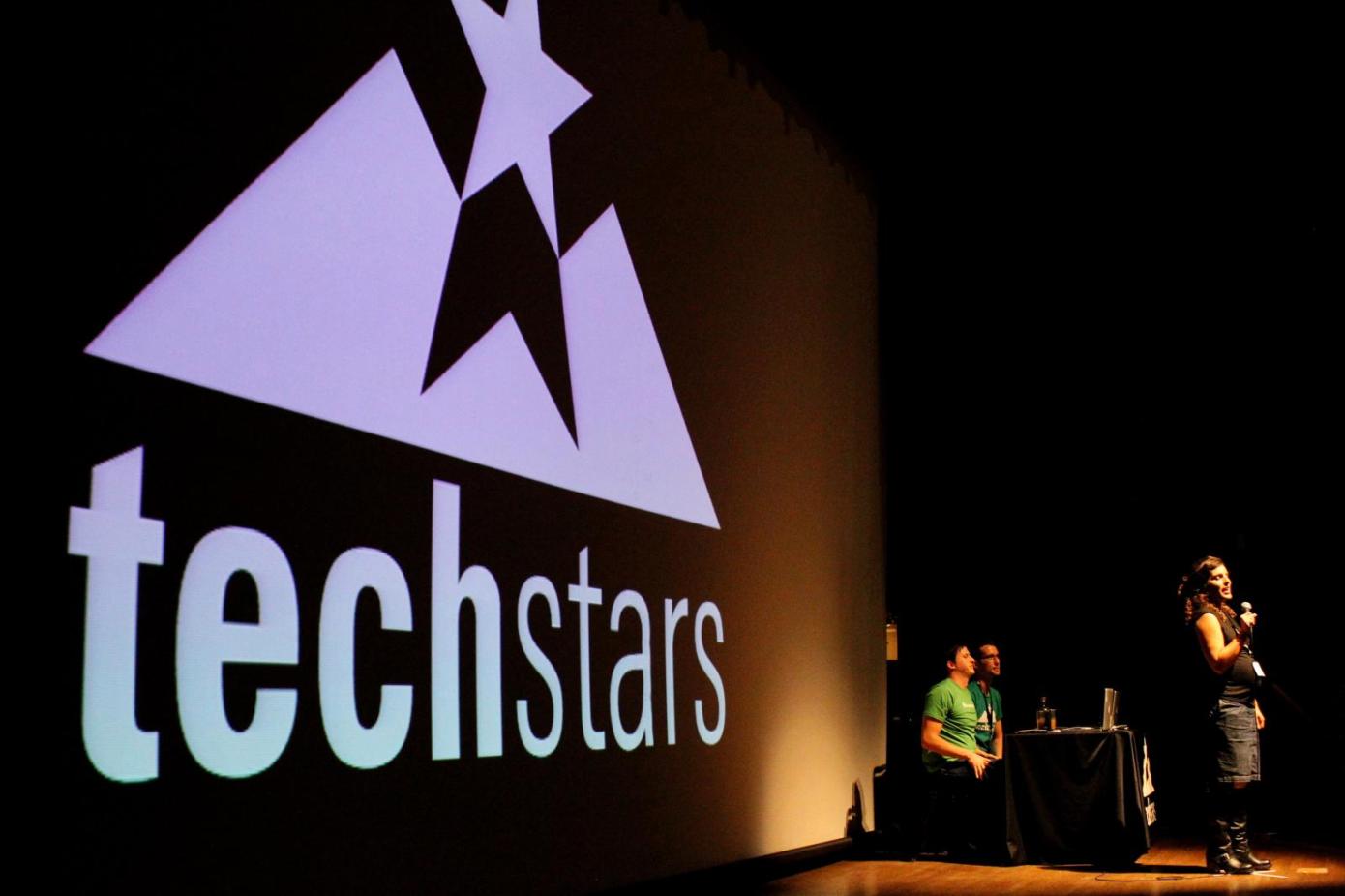
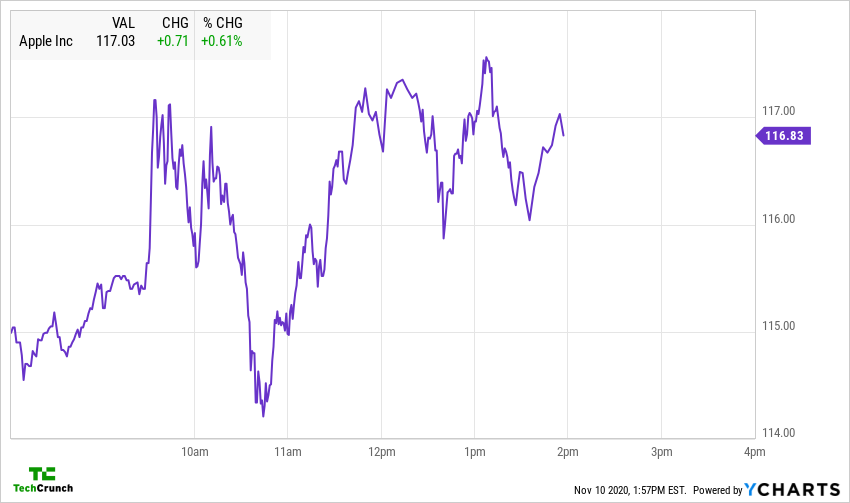
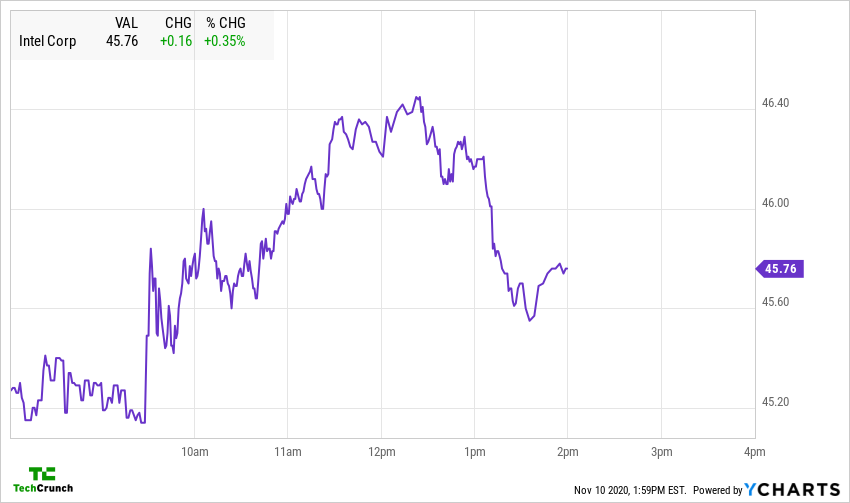

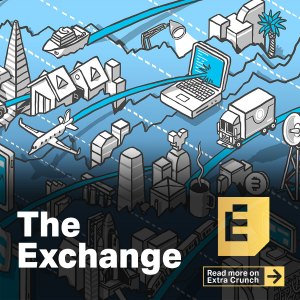 We
We 
